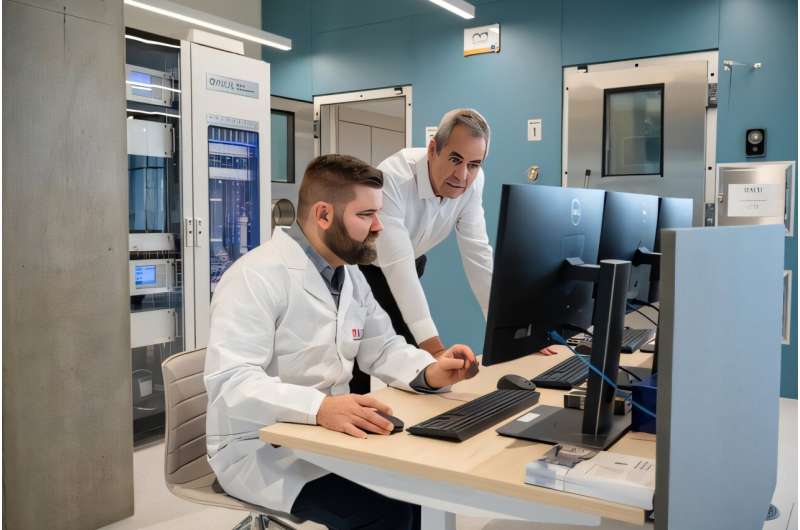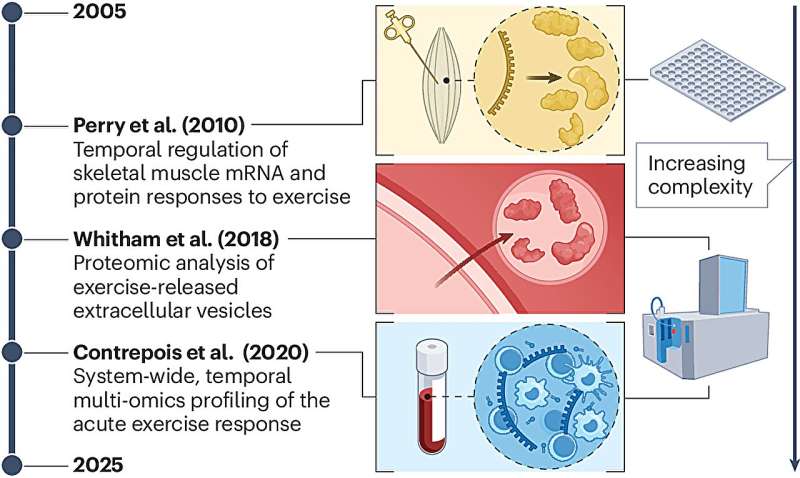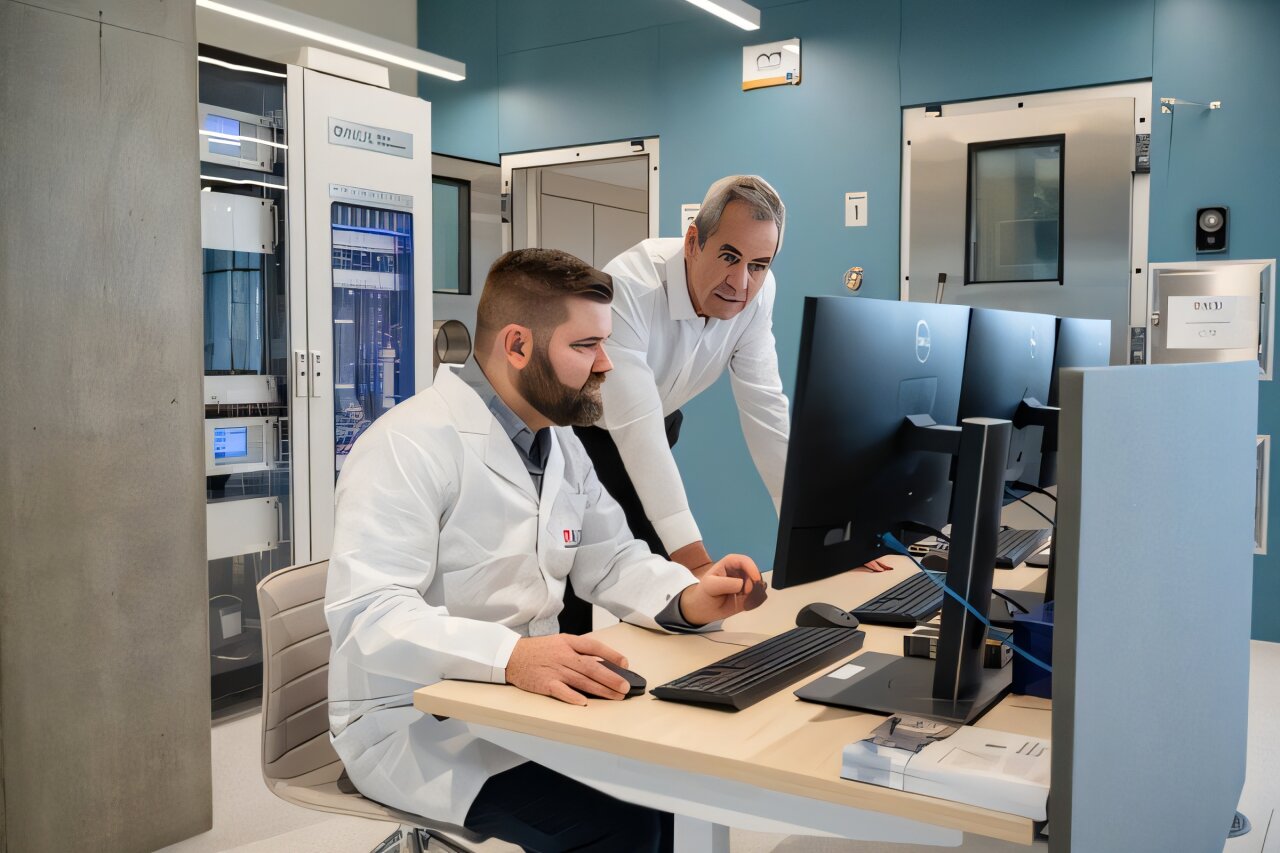
Credit: Australian Catholic University
We’ve long known that regular exercise builds muscle, strengthens the heart, and lifts our mood, but a new paper shows the benefits go even further—physical activity doesn’t just improve the body, it rewires it on a molecular level, reshaping how our systems function from the inside out.
In a piece published in Nature Reviews Endocrinology, leading ACU researchers Professor John Hawley and Dr. Nolan Hoffman unpacked two decades of progress in the field of human exercise metabolism.
Shedding light on the intricate molecular networks that underpin the wide health benefits of physical activity, it offers a blueprint of landmark research over the past 20 years and key future research directions that could change how we understand and harness exercise for disease prevention and treatment.
Professor John Hawley, a world-leading expert in exercise bioenergetics and the director of ACU’s Mary MacKillop Institute for Health Research, said ongoing research shows exercise has the potential to be as effective as medicine in preventing and treating a range of disease.
“Exercise is not just about physical performance, but a powerful biological intervention that affects our health at the deepest molecular level,” Professor Hawley said.
“For chronic conditions like heart disease, obesity, and type 2 diabetes, these findings suggest a future where exercise is integrated into health care as a form of preventive medicine.”
In this paper, Professor Hawley and Dr. Hoffman discuss how molecular biology approaches and the new omics-based technologies have advanced understanding of exercise’s impact at the molecular and cellular levels.

Landmark studies in human exercise metabolism from the past two decades. Credit: Nature Reviews Endocrinology (2025). DOI: 10.1038/s41574-025-01181-1
“Twenty years ago, we knew exercise was beneficial for metabolic health, but we didn’t know much about the complex molecular networks underlying these health benefits,” Dr. Hoffman said.
“Research over the past two decades has started to map these molecular blueprints of exercise, identifying thousands of molecules that become activated during different modes of physical activity (endurance versus strength training) and increasing our understanding of how they interact and contribute to the health benefits of exercise.”
They highlight three key studies that have shaped the field, each revealing new layers of complexity on how skeletal muscle and molecules in the bloodstream respond to exercise.
Dr. Hoffman said these studies are changing how we think about the molecular puzzle of exercise, why movement matters and how it can remodel molecular networks in not just our muscle but also our bloodstream.
“They show that exercise triggers a specific timeline of genes and proteins in muscle, orchestrates metabolic and immune systems in the bloodstream, and releases molecular ‘packages’ into the circulation that communicate with various cells and organs around the body, showing that exercise’s effects extend far beyond just muscle contraction.”
There is future potential to use molecular biomarkers identified to predict how well someone will respond to exercise based on their genetic and metabolic profiles to help delay, treat or prevent obesity and other cardiometabolic conditions.
At ACU’s Melbourne campus, this research is supported by cutting-edge instrumentation from molecular technologies to the human metabolic chamber—the only one of its kind in the southern hemisphere.
The newly opened metabolic chamber allows researchers to conduct precise studies on energy expenditure and metabolic responses to add to the growing body of research on human exercise metabolism.
More information:
John A. Hawley et al, Twenty years of progress in human exercise metabolism research, Nature Reviews Endocrinology (2025). DOI: 10.1038/s41574-025-01181-1
Provided by
Australian Catholic University
Citation:
Unlocking the molecular puzzle of exercise: Research maps 20 years of progress (2025, October 11)
retrieved 12 October 2025
from https://medicalxpress.com/news/2025-10-molecular-puzzle-years.html
This document is subject to copyright. Apart from any fair dealing for the purpose of private study or research, no
part may be reproduced without the written permission. The content is provided for information purposes only.

